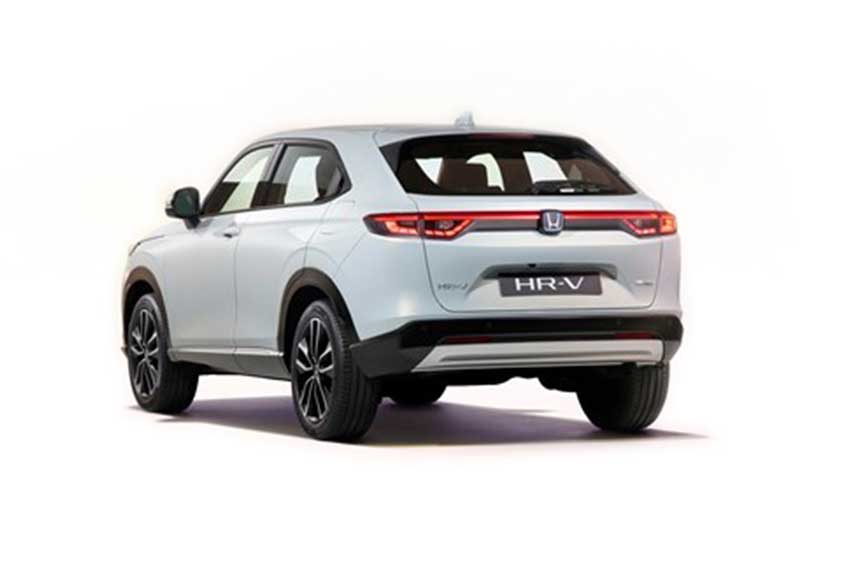
Before the 2022 HR-V goes on sale in Europe late 2021, Honda explained how the crossover's hybrid system called e:HEV works.
"Using engineering expertise from its motorsport team, Honda’s race-winning Formula 1 Hybrid Power Unit program has inspired the technology in the e:HEV hybrid system to deliver unrivaled levels of energy efficiency on the road," Honda Europe boasted.
The HR-V's levels of energy efficiency are rated at 122 grams of CO2 emissions per kilometer, and a 18.52kpl fuel consumption.
The e:HEV system consists of two compact, powerful electric motors that work alongside an Atkinson-cycle 1.5-liter DOHC i-VTEC petrol engine, a lithium-ion battery, and an innovative fixed-gear transmission coupled to an intelligent power control unit (IPU).

The e:HEV powertrain, similar to the one used in the Europe-spec Jazz (above) saw revisions to the internal-combustion and IPU, which have resulted in an increase in torque.
The number of battery cells has also been revised, increasing from 48 to 60 to account for the HR-V’s larger size, and to allow greater storage and deployment of electric power over the 80kW Jazz.
Despite this larger battery cell size, interior space has not been compromised, thanks to the repackaging of the battery pack. Further revisions to the powertrain include a reduction in the gear ratio between the electric motor and wheels to improve the HR-V's acceleration.
What sets the e:HEV system apart is how its three drive modes seamlessly interchange to ensure the best performance in both urban and highway driving, Honda said.

The intelligent Electronic Control Unit automatically cycles between Electric Drive, Hybrid Drive or Engine Drive, depending on which is the most fuel-efficient drive mode at that specific driving situation.
When driving at a constant high speed, such as on the highway, the system operates on Engine Drive, the most efficient mode for that scenario. When overtaking, the car will switch to Hybrid Drive for an added performance boost.
When in Hybrid Drive, power from the gasoline engine-driven generator can be diverted to recharge the battery.
Sport mode can be activated via the drive selector, which sharpens the throttle response. Econ mode lowers the aircon's power and softens the throttle response to raise fuel efficiency.

Those work alongside the e:HEV's Normal mode. Drivers can switch across all driving modes at the toggle of a switch.
For an increased EV-like experience in the HR-V, drivers can also select B-range from the transmission, which offers adjustable levels of energy recovery when coasting or braking.
The level of energy recovery and the strength of the regenerative braking can be increased over the regular drive by using the paddles behind the steering wheel
As for the HR-V's fixed gear transmission, Honda said it creates much less resistance through minimized gearing, which in turn consumes less energy when driving purely electric.

With no need to plug in and charge, Honda said the car is suitable for every driving scenario, and is as simple to use as a traditional gas- or diesel-powered vehicle.
The HR-V’s e:HEV powertrain produces a combined power output of 131hp and 253Nm of torque. In Europe, this crossover is the latest addition to e:HEV family, joining the hybrid-only CR-V and Jazz.
Photos from Honda Europe
Also read:
Honda to introduce new ‘breezy’ A/C on hybrid HR-V
Copyright © Carmudi 2014-2025. All Rights Reserved.